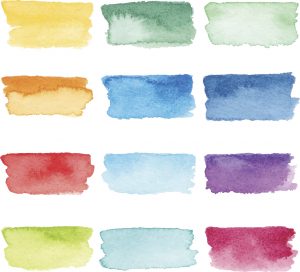Painting Company in Plano Explains Texture Painting
June 30, 2017
 Are you considering sprucing up the inside of your home? You’ll find that interior paint comes with a variety of options, starting with color (the most basic choice) and ending with different sheens and special, safe formulas for a baby’s room. Choose all the right options and you will enjoy a look that fits your home perfectly — but for a really unique result, you may want to also add in a texture, says your painting company in Plano.
Are you considering sprucing up the inside of your home? You’ll find that interior paint comes with a variety of options, starting with color (the most basic choice) and ending with different sheens and special, safe formulas for a baby’s room. Choose all the right options and you will enjoy a look that fits your home perfectly — but for a really unique result, you may want to also add in a texture, says your painting company in Plano.
Textured paint is a fun project that can help you set your room apart. It works well on walls and ceilings all throughout the home, depending on the look you are going for. Do it alone as a DIY project, or remove the potential for headache and talk to the team at Platinum Painting about how we can add a texture to your next professional paint job!
Numerous Options in Textured Paints
One of the easiest ways to get a texture in your paint is to select a pre-textured formula — so the finish is right on your wall as soon as you paint it on. It can be used on walls and ceilings, and ranges from smooth or very fine to coarse — like the popcorn texture you still sometimes see on ceilings (not a popular option anymore).
You can also add texture to walls and ceilings manually, though it takes a little more effort and finesse. There are a number of methods available, depending on the look you are going for.
Here’s How to DIY Texture Paint
You may want to decide to make a do-it-yourself project out of your faux finish. First, you will apply your base coat, or the color you want to underlie the faux finish. Using a comb, sponge, rag, or a ball of newspaper, you will go over the base coat with the top accent layer. Some of the most common techniques for faux finish include…
- Rag Rolling: Dip a rag in your accent paint, squeeze it out, and run it over your base coat. Using different types of rags — from an old sock to lace, burlap, etc. — will provide a different look.
- Combing: Use a comb (one you can buy from your local hardware store) to create different patterns on your wall.
- Sponging: Run a sponge soaked with your accent color over your wall for a varied look.
- Pressing: After you have your final color painted onto the wall, place a sheet of plastic on top and gently remove for a flatter, pressed look.
Is There a Painting Company Near Me?
Yes! If you have questions about anything we’ve included here, or if you would like to talk about how textured paint can add a unique twist to your home, please get in touch with the professional painters at Platinum Painting. We offer free quotes and estimates. Contact us to discuss the particulars of your project today!
